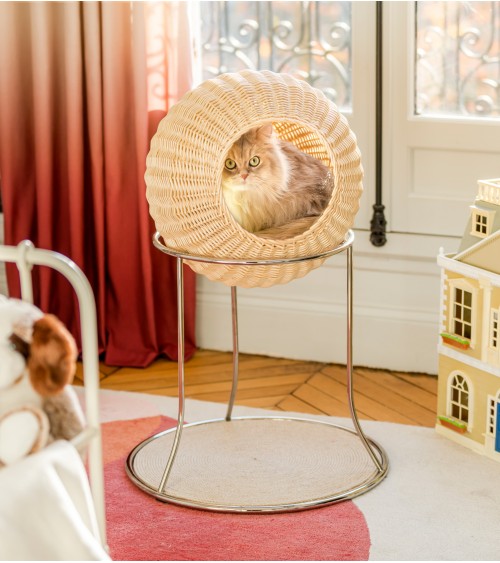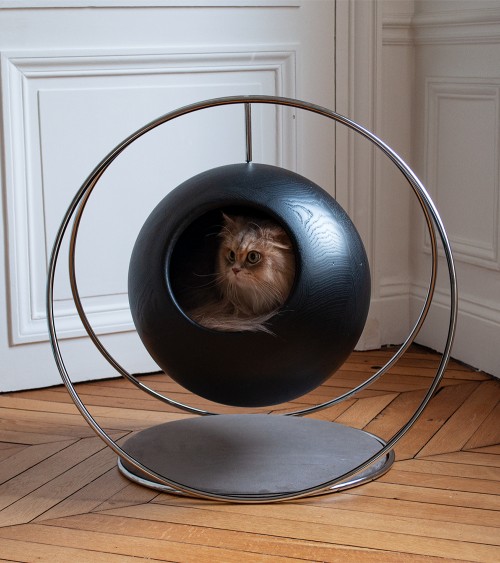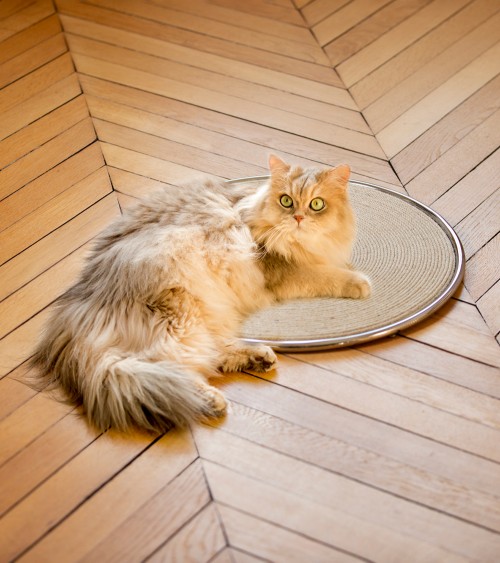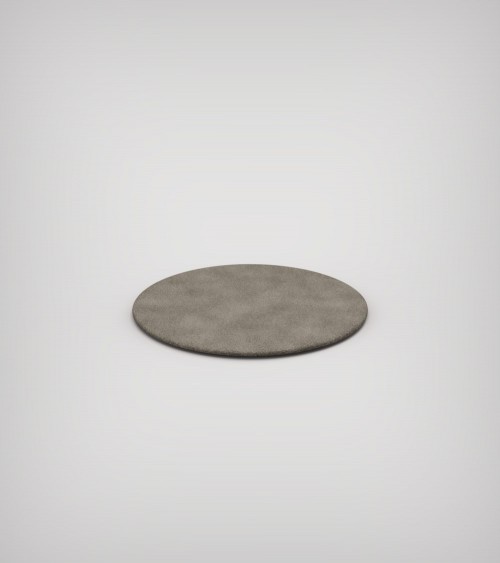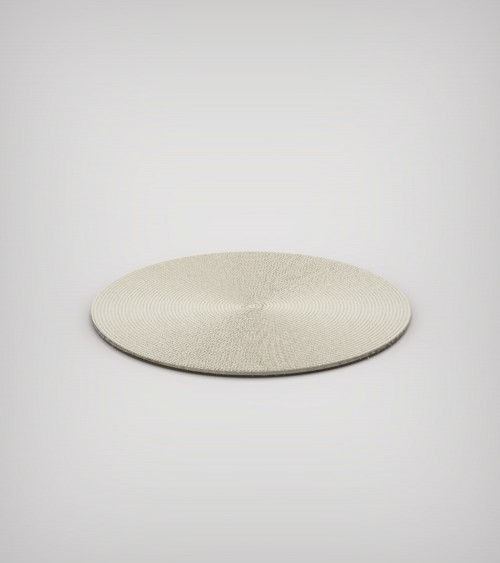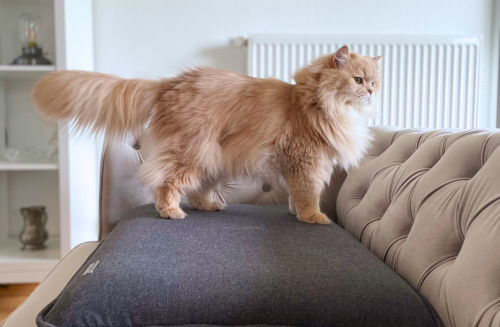Les gestes de premiers secours pour les chats et les chiens
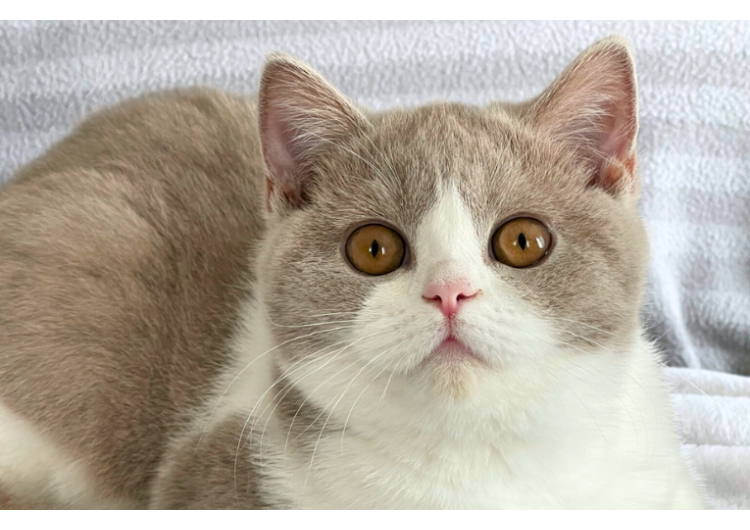
Les situations à risque chez nos amis à quatre pattes sont nombreuses et surviennent le plus souvent sans prévenir. En tant que propriétaire responsable, il est crucial de connaître les premiers soins de base afin de pouvoir agir rapidement en cas de blessures ou d'urgences médicales.
Après avoir prodigué les premiers soins, consultez immédiatement un vétérinaire. Même si la situation semble sous contrôle, les animaux peuvent avoir des besoins médicaux spécifiques.
Evaluez la situation de votre animal
Avant de prodiguer les gestes de premiers secours, assurez-vous que les environs sont sûrs pour vous et votre animal. Évaluez la situation pour détecter tout danger potentiel.
Les chiens et les chats sont susceptibles de devenir anxieux ou agressifs s'ils sont blessés. Utilisez des gants si nécessaire pour éviter les morsures ou les griffures. Si votre animal se trouve dans un de ces meubles pour chat design ou pour chien, prenez soyez attentif à ne pas l'oppresser.
Les chats et les chiens peuvent être sensibles aux situations stressantes. Parlez doucement pour calmer l'animal et évitez les mouvements brusques. Un animal calme est plus facile à soigner en cas d'urgence.
La gestion des blessures de votre chat ou chien
- Saignement mineur : Appliquez une légère pression à l'aide d'un tissu propre ou d'un bandage stérile.
- Saignement important : Utilisez un bandage ou un tissu propre et exercez une pression ferme. Si possible, surélevez la zone blessée.
- Plaies ouvertes : Nettoyez-les délicatement avec une solution saline ou de l'eau chaude savonneuse. Couvrez la plaie avec un pansement propre.
- Brûlures : Refroidissez la zone touchée sous l'eau froide pendant 10 à 15 minutes pour minimiser les dommages.
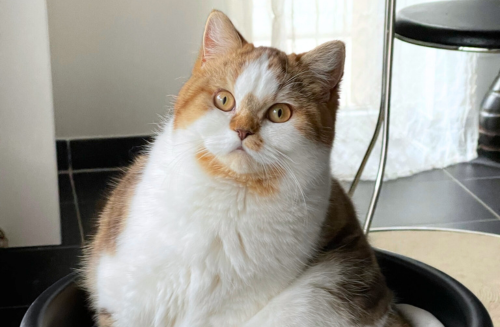
La suspicion d’une fracture chez votre animal de compagnie
Si vous soupçonnez une fracture, immobilisez doucement la zone touchée à l'aide d'une attelle ou de tout objet rigide disponible. Assurez-vous que votre animal ne peut pas bouger la zone blessée.
Mon animal s’étouffe, que faire ?
Si votre chat ou chien s'étouffe, tentez de retirer l'objet obstruant avec précaution. Utilisez la technique de la manœuvre de Heimlich pour les animaux si nécessaire.
Pour un grand chien :
- Placez-vous derrière le chien et passez vos bras autour de sa taille.
- Localisez la zone située juste en dessous des côtes, là où se trouvent les côtes flottantes.
- Placez votre poing fermé (main sous l'autre main) contre cette zone.
- Exercez une pression ferme et rapide vers l'intérieur et vers le haut, en direction de la colonne vertébrale. Cela devrait comprimer l'abdomen et aider à expulser l'objet obstruant.
- Répétez cette manœuvre si nécessaire jusqu'à ce que l'objet soit expulsé ou que l'animal puisse respirer à nouveau.
Pour un petit chien ou un chat :
- Placez l'animal debout ou assis.
- Placez votre main sous la poitrine, juste en dessous des côtes.
- Utilisez votre poing fermé pour exercer une compression rapide et douce vers l'intérieur et vers le haut, en direction de la colonne vertébrale.
- Répétez cette manœuvre si nécessaire jusqu'à ce que l'objet soit expulsé ou que l'animal puisse à nouveau respirer.
Il est essentiel d'être doux et prudent lorsque l'on effectue la manœuvre de Heimlich sur un animal, en particulier sur les chats et les petits chiens, afin d'éviter de causer d'autres blessures. Après avoir réussi à retirer l'objet ou à rétablir la respiration de l'animal, consultez immédiatement un vétérinaire pour vous assurer qu'il n'y a pas de blessures internes ou d'autres problèmes médicaux sous-jacents.
Choc ou hypothermie animal, les gestes à adopter
Gardez le chat ou le chien au chaud en l'enveloppant dans une couverture.
Les chats en état de choc peuvent avoir une température corporelle réduite, et le fait de les couvrir peut les aider à maintenir leur chaleur corporelle et à se stabiliser. Veillez à ce que la couverture ne soit pas trop chaude ou trop épaisse, car cela pourrait provoquer une surchauffe. Les animaux en situation de détresse peuvent avoir besoin de confort et de chaleur pour stabiliser leur état.
Il est important de surveiller de près l'animal en état de choc et de consulter rapidement un vétérinaire. L'état de choc peut être causé par diverses situations, y compris des blessures graves ou des problèmes médicaux, et nécessite une attention médicale immédiate.
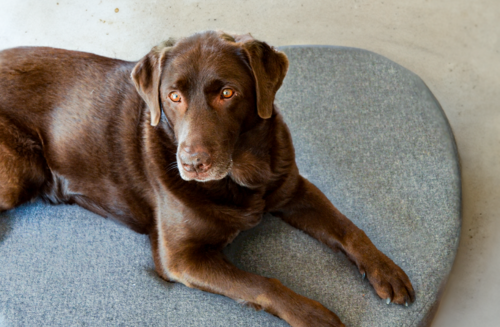
Dans la même catégorie
- Pourquoi adopter un chat Maine Coon ?
- Le guide de Bogarel pour l'adoption d'un nouvel animal de compagnie
- Les indispensables pour voyager avec son animal de compagnie : Guide de Bogarel pour les road trips et les aventures
- Pourquoi adopter un chien Golden Retriever ?
- Les conseils de Bogarel et notre sélection de lits design pour les animaux âgés ou en convalescence



